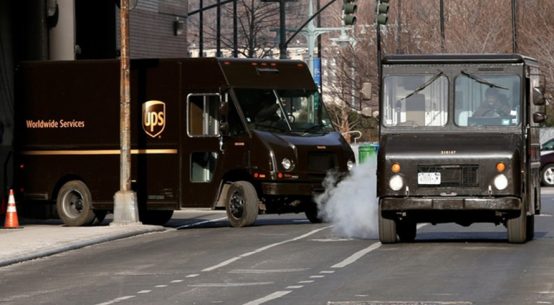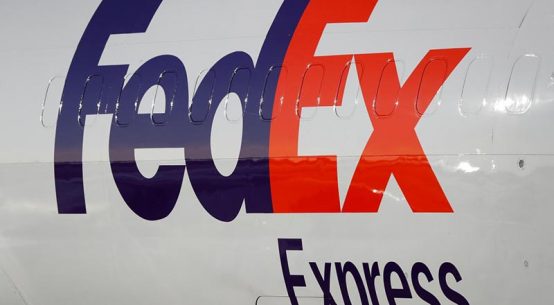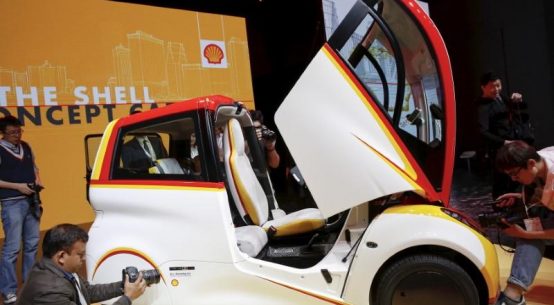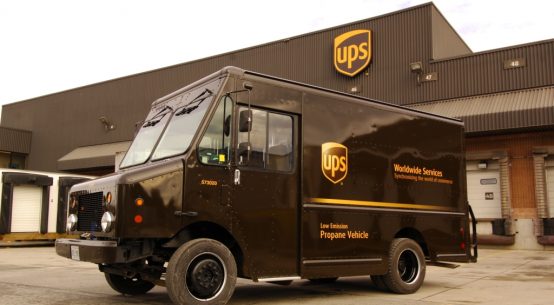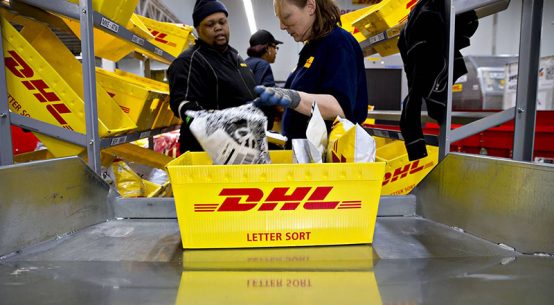
A train launched to operate on the Standard Gauge Railway (SGR) line constructed by the China Road and Bridge Corporation (CRBC) and financed by Chinese government arrives at the Nairobi Terminus on the outskirts of Nairobi, Kenya May 31, 2017. REUTERS/Thomas Mukoya
Plans to electrify the Mombasa-Nairobi Standard Gauge Railway (SGR) in four years’ time could cost the taxpayer an additional Sh65 billion.
The Ministry of Transport had initially put the cost of upgrading the 609km of railway track between the two cities at Sh49 billion, which is 15 percent of the overall cost of Sh327 billion.
The upgrade is expected to boost the speed and efficiency of train services along the line as well as bring down the cost of running the diesel-powered locomotives as the electricity used will be generated from cheap energy sources.
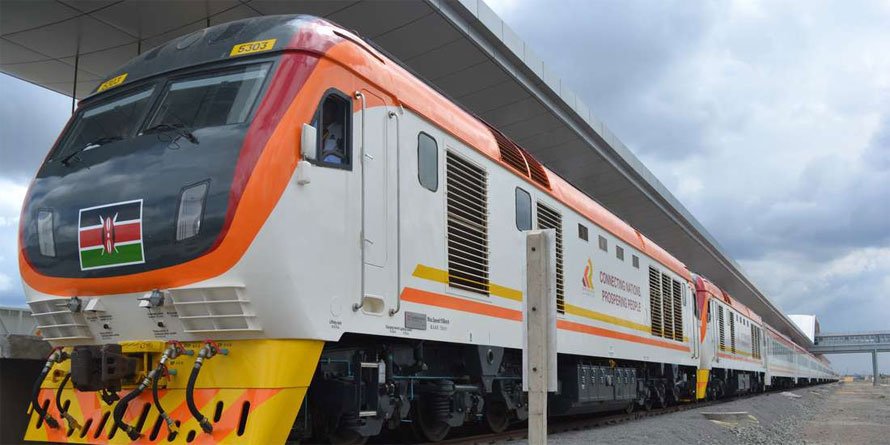
![]() Transport Cabinet Secretary James Macharia said on Wednesday the upgrade could run up to 20 percent of the total project cost.
Transport Cabinet Secretary James Macharia said on Wednesday the upgrade could run up to 20 percent of the total project cost.
“To convert the railway line and trains to electric will cost between 15 and 20 percent of the project cost, which will entail putting a power line along the whole line,” he said at the launch of the inter-county service train at the Nairobi Terminus.
The first phase At 20 percent of Sh327 billion spent on the first phase of the project, this would mean the Government will spend another Sh65 billion.
Mr. Macharia said the ministry was working with energy industry players to upgrade the railway line to an electric railroad, explaining that the trains had to initially run on diesel due to inadequate power supply.
“The supply of electricity was not readily available and that is why we decided to start with running the locomotives on diesel, with a provision for electricity,” said Mr. Macharia.
Follow us on Twitter for more Logistics News
The CS said he expected the necessary infrastructure as well as power supply to be in place over the next three to four years, after which the trains would run on electricity.
The cost of electrifying the line would be in addition to the estimated Sh500 billion required to take the railway line to Naivasha and later Kisumu.
Kenya currently has an installed electricity generating capacity of 2,300 megawatts against a peak demand of 1,700MW. The locomotives would need about 1,000MW.
With reports from Standard Media



